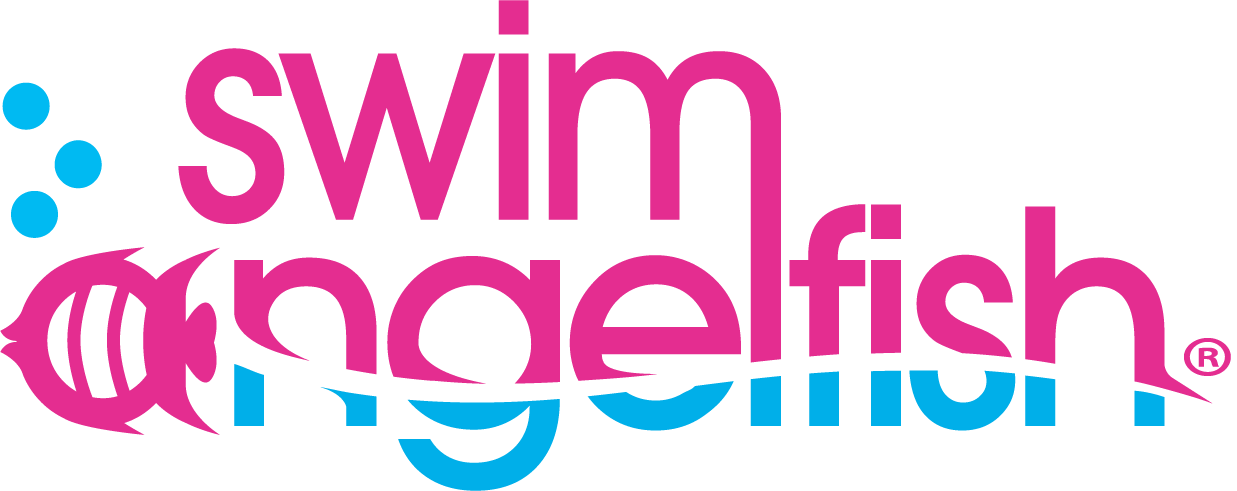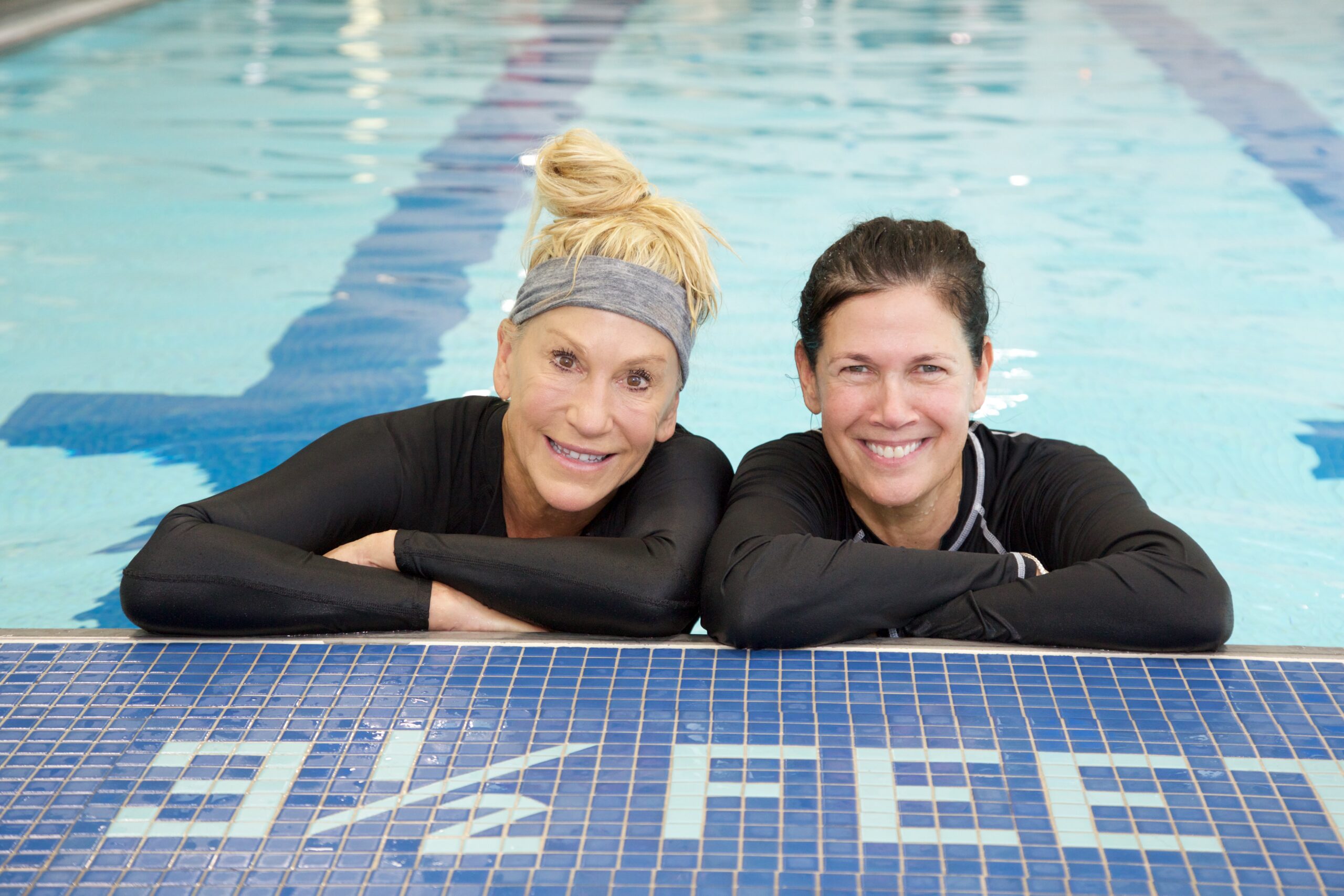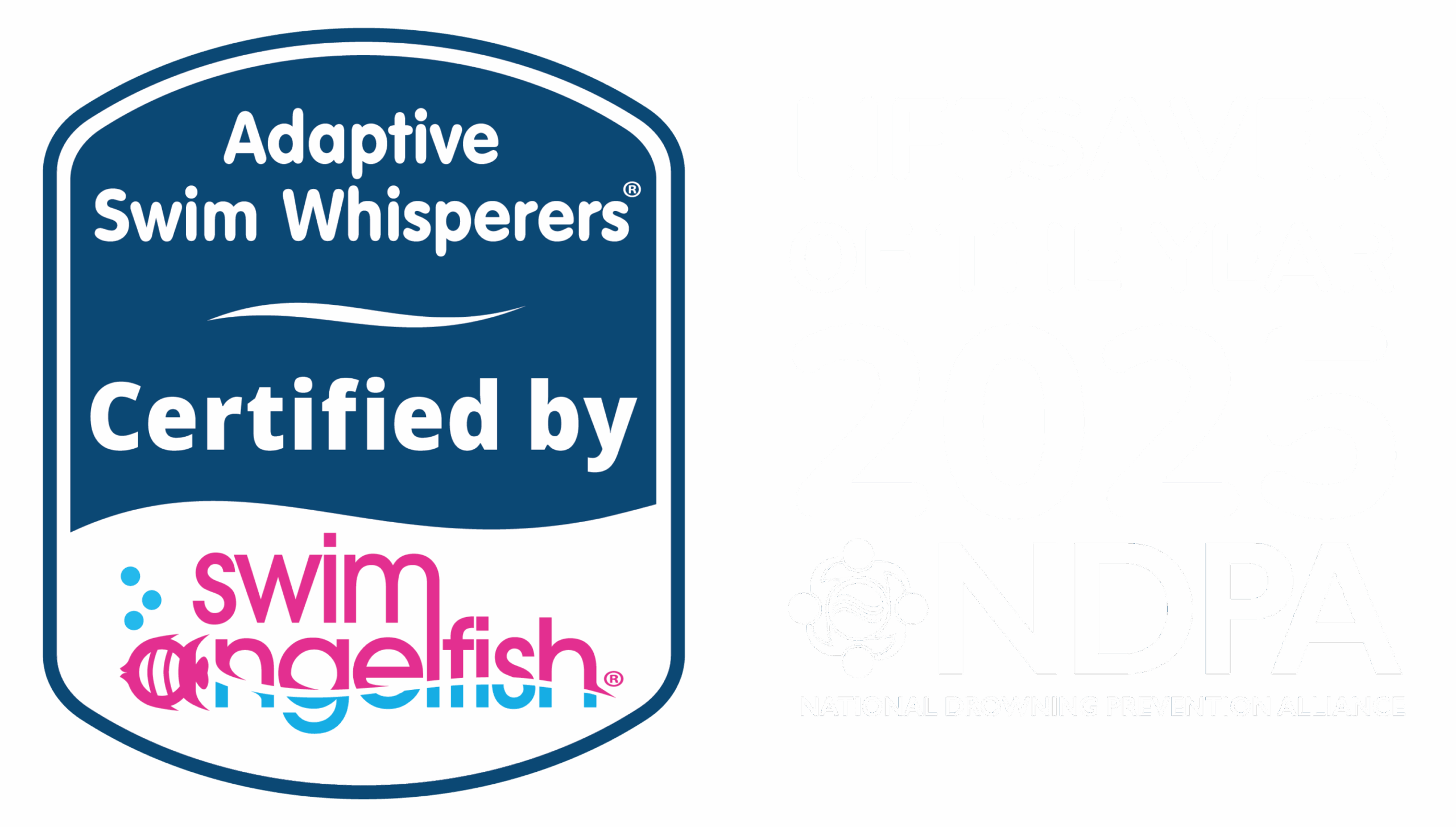Aquatic Therapists: Break Through Client Challenges with Swim Whisperers®
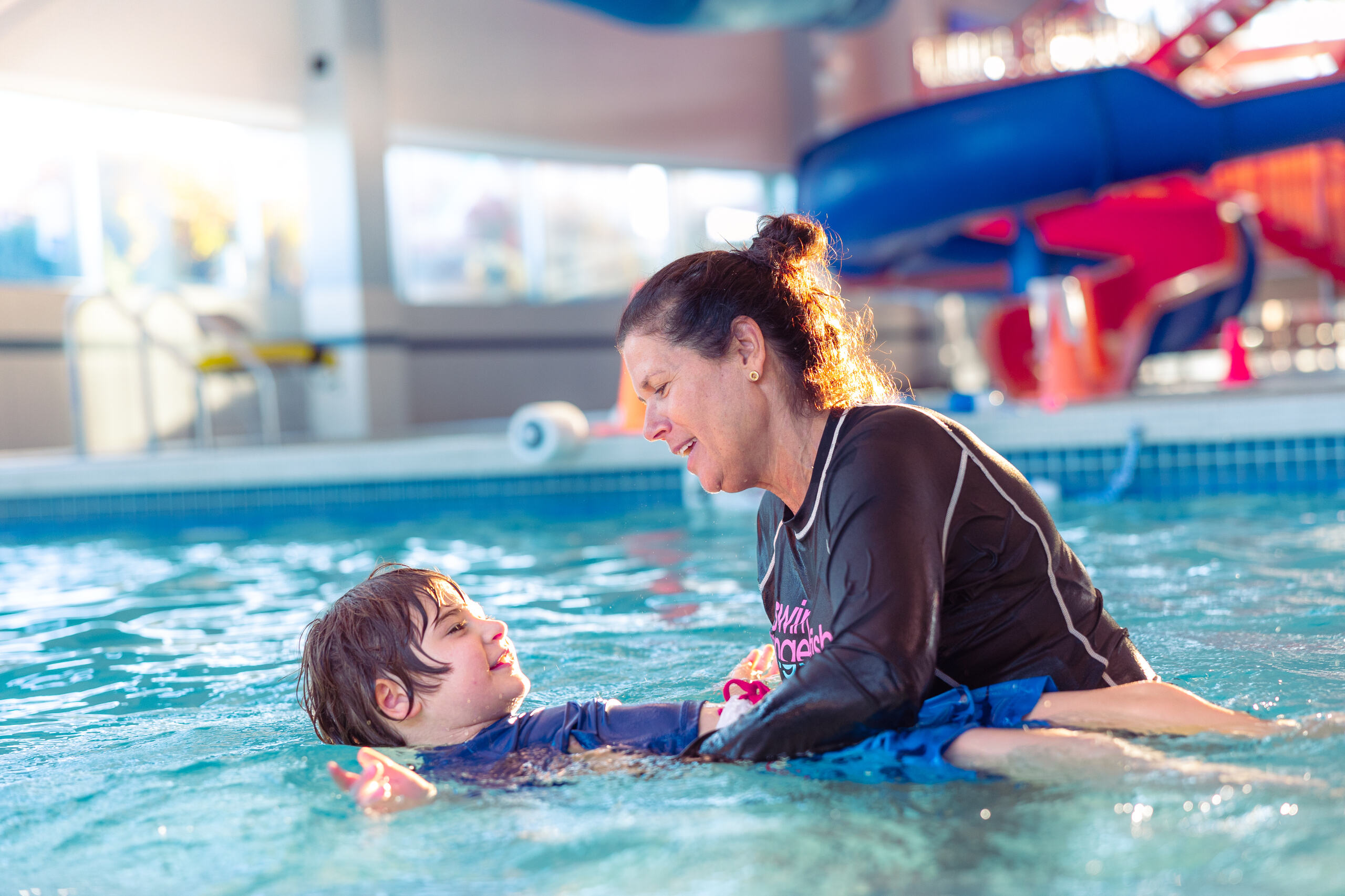
As aquatic physical, occupational or recreational therapists, we know firsthand the transformative power of aquatic therapy. The significant benefits that working in water provides for our clients, by leveraging its unique properties – buoyancy, viscosity, hydrostatic pressure, and temperature – help us to enhance therapeutic outcomes and complement land-based interventions.
Yet, despite this incredible environment, we still come across client challenges and often are at a loss to overcome them. Consider the client who experiences fear or anxiety when entering the water. Or perhaps you’ve encountered clients with auditory processing sensitivities or those who exhibit persistent sensory-seeking behaviors. Imagine the difficulty when a client struggles to achieve a supine position despite our application of established techniques learned from the Bad Ragaz Ring method or the Halliwick Approach and traditional aquatic therapy training courses. This presents a real dilemma, so what do you do then? How do you continue your therapy session and make consistent progress when obstacles like these are in your way?
If you’re seeking innovative strategies that go beyond traditional aquatic therapy techniques, the Swim Whisperers® training offers a pathway to success. We will explore the benefits of the Swim Whisperers® Method and how this certification program will provide you with a new toolbox of strategies and techniques to unlock the full potential of aquatic therapy for every client, regardless of their unique challenges.
A New Perspective: How Swim Whisperers® Transforms Your Aquatic Therapy
If the scenarios we’ve just described resonate with your experience, you’ll be excited to learn that the Swim Whisperers® method offers more than just a collection of new techniques. This certification will empower you to gain a new way of thinking about how to achieve your therapy goals in the water. It’s about understanding the underlying factors influencing your clients’ abilities and developing a more holistic and adaptable approach.
Here are three compelling reasons why this training will fundamentally expand your view of how to deliver aquatic therapy, ultimately improving outcomes and transforming your sessions:
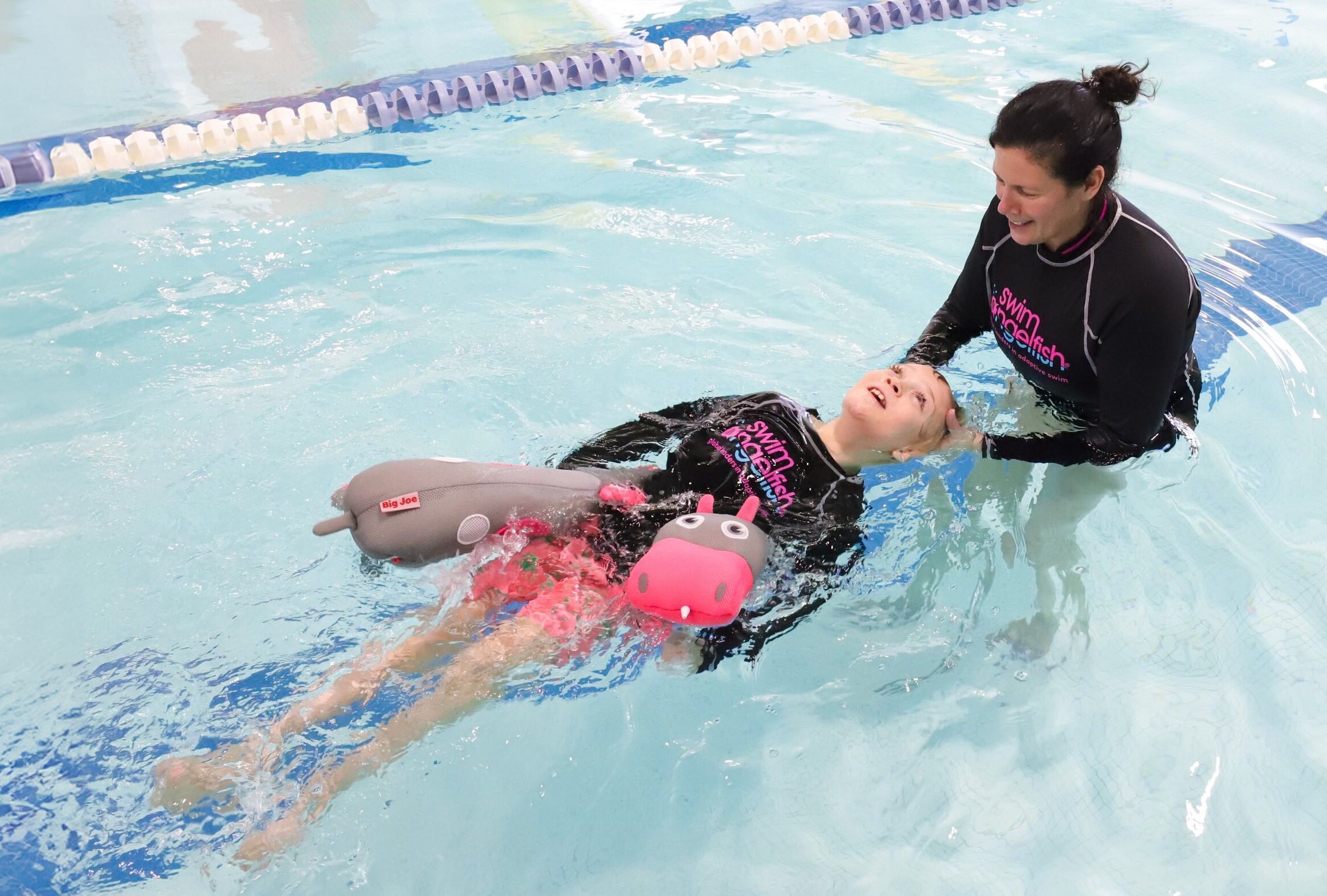
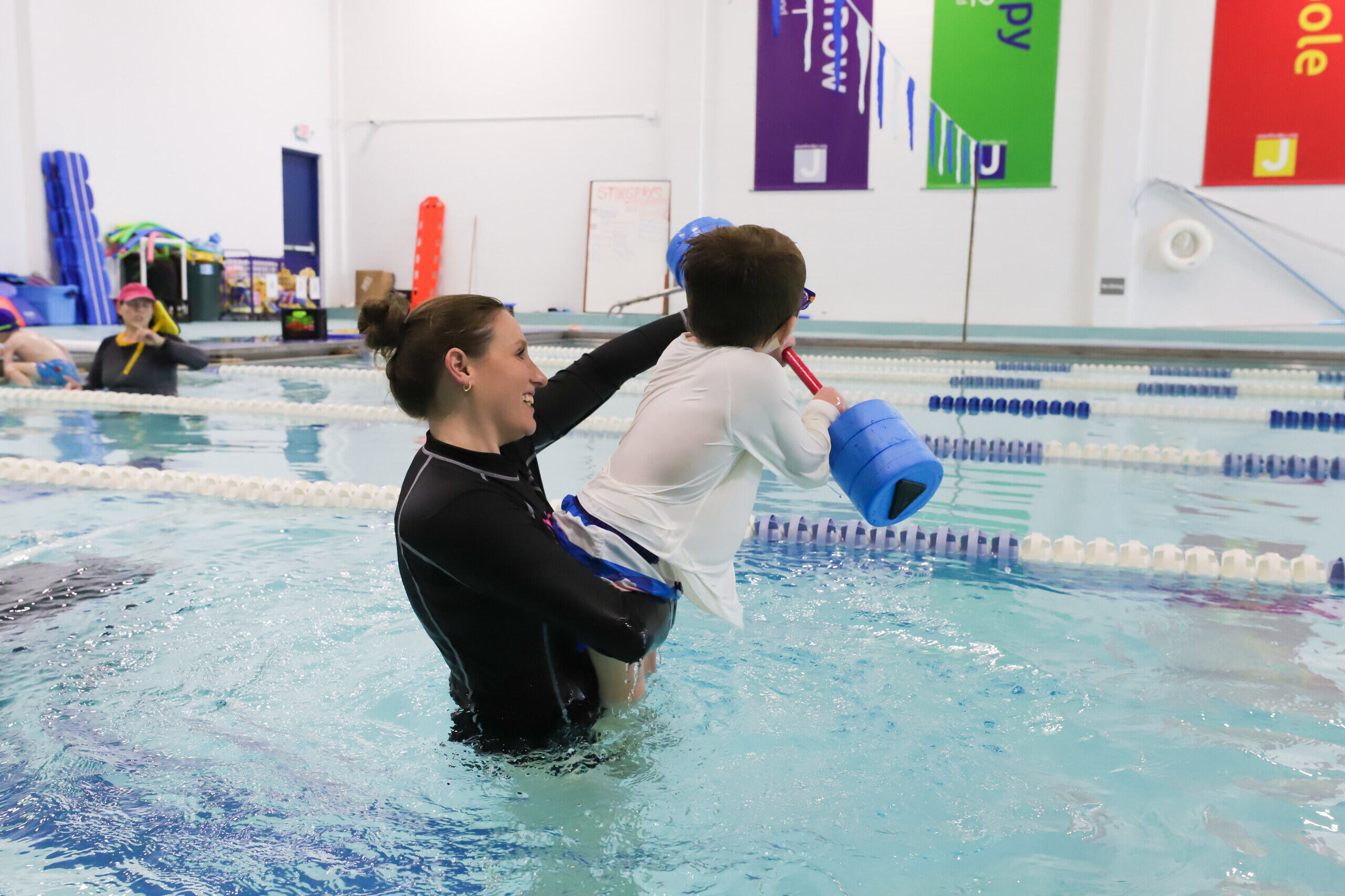
Achieve New Levels of Progress for Your Pediatrics Clients
If you work with clients of any age and any diagnosis who experience those very roadblocks we’ve discussed – fear, sensory sensitivities, difficulty with body control or how to position yourself or your student for the best outcomes – then the Swim Whisperers® method offers time tested real relatable and easy-to-grasp concepts to implement immediately.
These strategies will help you progress your aquatic therapy treatment plans and maximize the unique benefits of the aquatic environment for all clients, leading to even greater breakthroughs.
The Value of Aquatic Therapy Continuing Education
Investing in your professional development through aquatic therapy continuing education is crucial for staying at the forefront of evidence-based practice and expanding your skill set.
Whether you’re an assistant or a certified recreational, physical or occupational therapist seeking adaptive swim certification or have worked as an aquatic therapist and want to deepen your expertise, specialized training programs, like the Swim Whisperers® Certification can help you transform your skills.
Dive into the only online training created by an OT and PT team with over 60 years of combined experience. This will offer invaluable knowledge and techniques that work in your very next session.
For those working with children, we also offer Aquatic Therapy online training courses such as Totally Treatment. This pediatric aquatic therapy certification, along with the Swim Whisperers Certification can significantly enhance your ability to address their unique needs in the water.
Both courses recognize the importance of ongoing learning and provide graduates with a comprehensive CEU Kit, equipping you with the necessary documentation to apply for continuing education credits in your state, making this aquatic therapist training a valuable investment in your career growth and professional standing. .
From understanding underlying challenges to gaining practical strategies and continuing education, the Swim Whisperers® certification program offers a comprehensive approach to improving aquatic therapy outcomes for all your clients.
